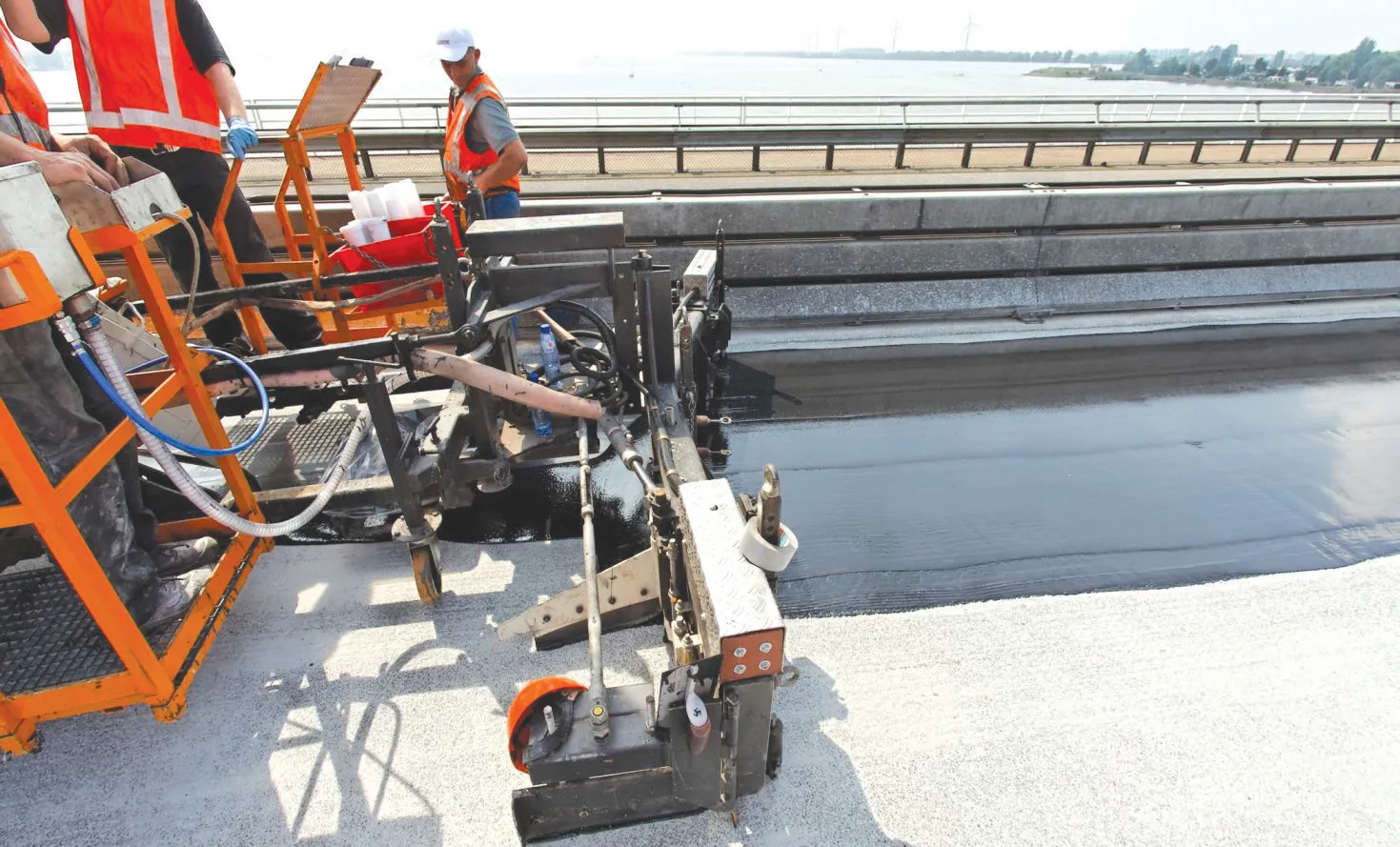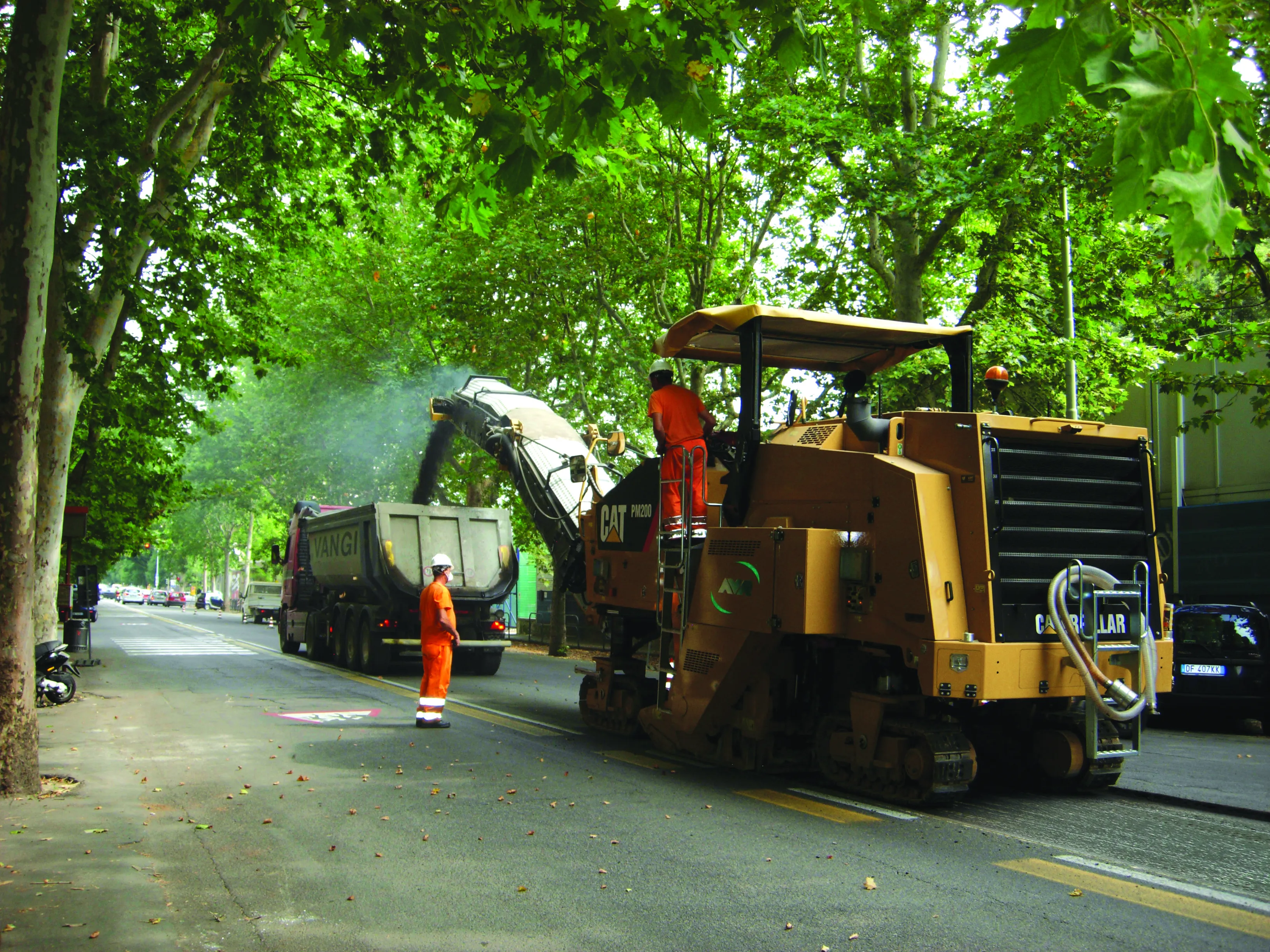Rebuilding a local road in southern Germany will provide users with a safer route, particularly in poor weather conditions.
Black Forest-based contractor Waltersbacher has used a tracked AFT 500 asphalt paver from Ammann to resurface a local road in the municipality of Glatten, near Baiersbronn.
The contractor has used a number of smaller Ammann compaction units in the past. So when it won the contract to upgrade the road the firm opted to buy the AFT 500 to handle this work, as well as other jobs r
October 21, 2016
Read time: 2 mins

Rebuilding a local road in southern Germany will provide users with a safer route, particularly in poor weather conditions.
Black Forest-based contractor Waltersbacher has used a tracked AFT 500 asphalt paver from6791 Ammann to resurface a local road in the municipality of Glatten, near Baiersbronn.
The contractor has used a number of smaller Ammann compaction units in the past. So when it won the contract to upgrade the road the firm opted to buy the AFT 500 to handle this work, as well as other jobs requiring larger widths than its existing paver could handle.
To boost its adaptability for roadbuilding jobs, the contractor also decided to buy the optional bolt-on parts for extended widths. The machine now offers a maximum installation width of 6.5m. According to Ammann, the AFT 500 is available with a wide array of options and can be configured to meet customer needs. These options include wider or narrower paving widths than standard, electro-hydraulic adjustment of the roof profile, or heated lateral screed limiter plates.
Before using its asphalt paver, the contractor’s team had to tackle some preparatory work. Manhole covers and the surrounding areas were refurbished, and the kerbstones had to be regularised. This work was followed by pre-profiling of the damaged areas and milling operations for the carriageway connections.
An advantage of the AFT 500 for this job is that the machine starts and stops very gently, according to the contractor. The firm also said the paver can maintain a constant speed thanks to precise metering of the hydrostatic transmission, which is switched by variable pumps with an adjustable flow speed. Other benefits include the low filling height, which reduces spillage, as well as good all round visibility..
A total of 200tonnes of material was processed during the refurbishment project. The base and wearing course accounted for 20tonnes of material.
Black Forest-based contractor Waltersbacher has used a tracked AFT 500 asphalt paver from
The contractor has used a number of smaller Ammann compaction units in the past. So when it won the contract to upgrade the road the firm opted to buy the AFT 500 to handle this work, as well as other jobs requiring larger widths than its existing paver could handle.
To boost its adaptability for roadbuilding jobs, the contractor also decided to buy the optional bolt-on parts for extended widths. The machine now offers a maximum installation width of 6.5m. According to Ammann, the AFT 500 is available with a wide array of options and can be configured to meet customer needs. These options include wider or narrower paving widths than standard, electro-hydraulic adjustment of the roof profile, or heated lateral screed limiter plates.
Before using its asphalt paver, the contractor’s team had to tackle some preparatory work. Manhole covers and the surrounding areas were refurbished, and the kerbstones had to be regularised. This work was followed by pre-profiling of the damaged areas and milling operations for the carriageway connections.
An advantage of the AFT 500 for this job is that the machine starts and stops very gently, according to the contractor. The firm also said the paver can maintain a constant speed thanks to precise metering of the hydrostatic transmission, which is switched by variable pumps with an adjustable flow speed. Other benefits include the low filling height, which reduces spillage, as well as good all round visibility..
A total of 200tonnes of material was processed during the refurbishment project. The base and wearing course accounted for 20tonnes of material.









